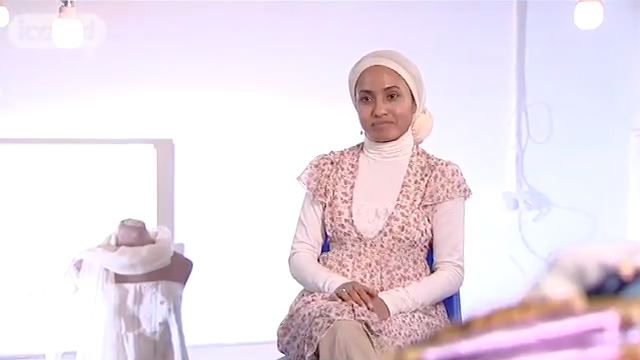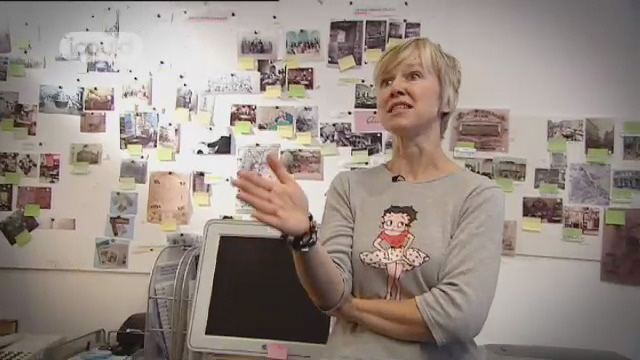Weaver and weaving teacher
Cockpit Arts
Rezia W
00:00:03 Well I’m Rezia W and I’m a Weaver, as well as a Secondary School teacher. A Weaver is somebody who makes a fabric from yarns, so literally threads. They will have – they will start off with a design, and then they will pick the threads, the yarns, and work on the warp, the base of the cloth, with the threads. And then put it on a loom, and use a shuttle to put the other parts of the threads in, and there you go.
00:01:25 When I was a little girl my Dad wanted me to become a Doctor like all Asian girls. However he did say it’s up to you, and you can do whatever you want. And I found Science lessons so kind of boring and hard really. So when I was at school I said I would like to do what I’m comfortable with, and through of course teachers guiding me, you know, what do you enjoy, what do you like? You know, I was very lucky to have teachers like that, rather than sort of propose what they thought I would be good at. So of course I liked textiles, I enjoyed Art, I took all those as GCSEs and then followed through to A levels. And then after A-Levels I got a bit stuck. And it was really when I was choosing my degree, that’s when the textiles came back into my heart, and I wanted to take that challenge. So that’s simply the reason why I chose textiles.
00:01:50 To start off was the hardest. I can still feel how hard it was. I had to give up my loom, give it back to my tutor, and I thought – what do I do? I have to – I need a loom. I can’t carry on. Because there was always a fear within me that if I don’t keep weaving, I will also lose what I have – the ability to weave. That’s when I began weaving – teaching full time, and saved every penny for a loom. My whole talent came alive from the … education, so to be able to give something back to the next generation, and the generation after, is a great feeling.
00:02:41 Along the way the highlights have been, I would say, getting an award called the Shape of Things, from the Arts Council. And being approached, rather than applying for it. And it – just to be understood in that way, without kind of shouting out, was wonderful. And of course winning the MBE was one of the greatest highlights, because it recognised weaving.
00:03:14 There were many times when I thought, it’s so difficult, I don’t think I can carry on. Especially financially. And time. But the drive, if you say, behind everything, were my family – are still my family, friends, which I’m very very grateful and thankful for.
00:03:38 I don’t see myself as doing it forever, because I think my – you know physically I will become weaker, it is quite a heavy practice. But I will be teaching weaving hopefully.
00:03:55 ENDS
Rezia W is a Weaver based at Cockpit Arts. She also teaches weaving. Her father hoped that she would be a doctor, but accepted that that wasn’t what she wanted to do. Her school supported her interest in art and textiles and she has become an award-winning weaver.
More information about Upholsterers
The UK average salary is £29,813
There are 37.5 hours in the average working week
The UK workforce is 47% female and 53% male
Future employment
- Measures frame to be covered or examines drawings or other specifications and cuts material with shears, knife or scissors
- Tacks and staples or otherwise secures webbing to furniture frame
- Pads springs and secures padding by stitching, stapling, tacking, etc.
- Pins sections of coverings together, joins by sewing and inserts trims, braids and buttons as required and fits upholstery unit to frame
- Operates machine to compress padded spring assemblies and inserts them into mattress covers
- Encases bed springs and padding with selected covering material by hand or machine stitching and fits castors where required
- Replaces covering, padding, webbing or springs to repair upholstered furniture
- Measures, cuts, pins, sews and trims fabrics to make curtains, cushions, loose covers and similar soft furnishings


